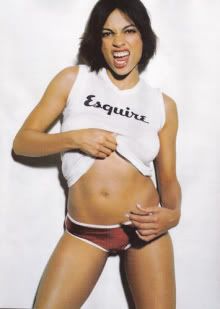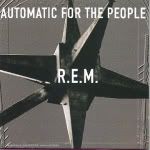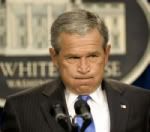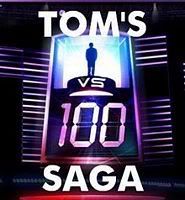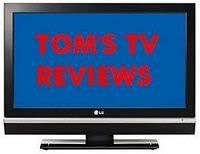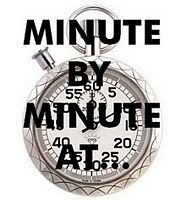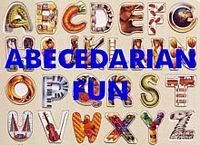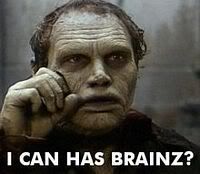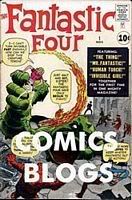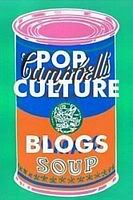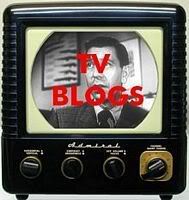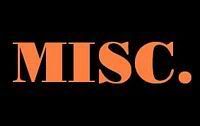MOVIES: The Aviator
I finally got around to seeing The Aviator last night, and I'm glad I did. It's about as good as I expected, even with all the Oscar hype, yet still just a little shy of Scorsese's true greats, like Raging Bull or Goodfellas. But just a little.
I still have problems with accepting Leonardo DiCaprio as a leading man in an epic like this. An "epic" like Titanic, he fits right in. But a film with this grand a scope and vision, with such a powerful, compelling, troubled, and complex main character -- DiCaprio would not be my first choice. It took a while, but he did win me over, eventually; after the first half hour or so, I was only seeing Howard Hughes, not DiCaprio playing dress-up as Hughes. Still, I wish Scorsese had adopted, say, Johnny Depp as his golden child instead.
Cate Blanchett, on the other hand, is fantastic as the brassy Kate Hepburn, from the very first second. The film is most alive when she's onscreen, just as Hughes is most alive in Hepburn's company (when he's not flying, that is). The rest of the supporting cast is uniformly great, from Alan Alda to Alec Baldwin to Kate Beckinsale to John C. Reilly to Ian Holm, even to one-scene appearances from Willem Dafoe, Brent Spiner, or Jude Law as Errol Flynn.
I was surprised to see how early in the film Hughes' mental problems began manifesting, and I was also surprised to learn that his first grand mental breakdown happened long before he had become a recluse in Las Vegas. I thought the uncut-fingernails-and-toenails, mountains-of-Kleenex, saving-his-urine-in-bottles portion of his life didn't come until Vegas. I have to admit, DiCaprio nailed the breakdown scenes; the look in his eyes, for example, when he realizes he can't stop repeating a phrase, is frightening and heartbreaking.
This is a different kind of epic for Scorsese, but there are still some great Scorsese flourishes throughout the film. Such as, when Hughes first enters the Cocoanut Grove, the nightclub is shown in darkness; as Hughes shifts his attention from one area of the club to another, each area lights up in succession, as if brought to life by the power of his gaze. Or when Hughes is locked away in his screening room, trying to convince himself that it's safe to drink some milk, Hughes and the gleaming white bottles of milk are lit from above, picked out in spotlights, as though they are the only things in the world (and to Hughes, I'm sure they were).
But it's a little funny to look at some of those CGI aviation scenes and think, "Well, the only possible way they could've filmed them was by using those computer effects" -- and then to realize that Hughes filmed it all in real life, 75 years ago! I've seen Hell's Angels, the filming of which Scorsese reproduces at the beginning of The Aviator, and let me tell you, the flight sequences in Angels are a hundred times more impressive, even considering the spectacular feats that can be created with CGI. It's one of the most amazing things I've ever seen in the movies. That said, the plane crash in the latter half of Aviator is jaw-droppingly thrilling, and the aftermath is horrifying. I don't think Scorsese has ever worked with special effects on this scale before, and he really knows how to make them pay off.
I didn't change my mind about Million Dollar Baby being more deserving of the Best Picture Oscar, but I definitely would've given the Directing Oscar to Scorsese. It may not be his best, but it's still a triumph, and it does so many more things than Baby does (although Baby has a far greater and longer lasting emotional impact). I'm glad I didn't wait for the DVD. The Aviator is a big screen picture.

